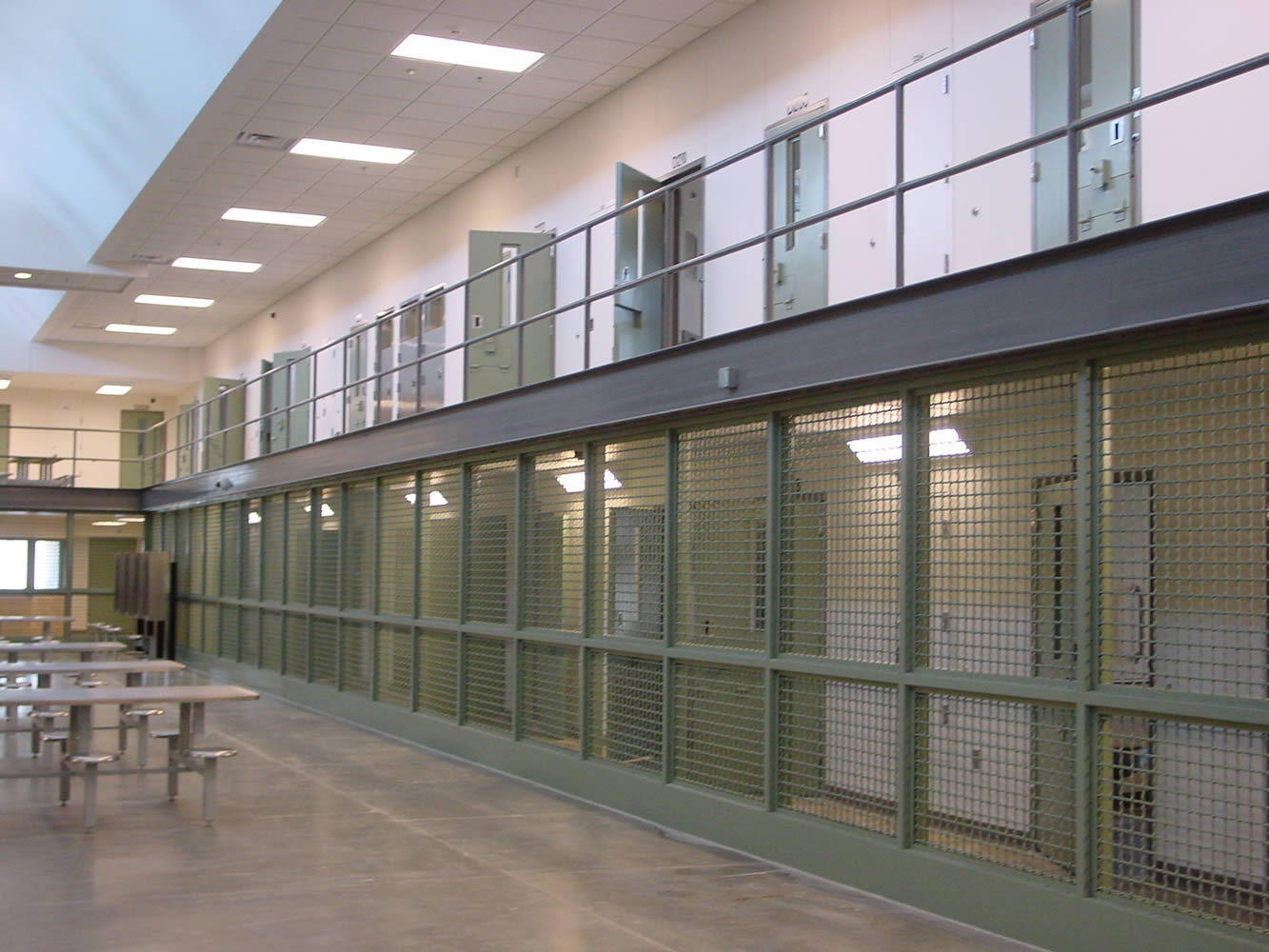

Share
Based on a tip about prison industry layoffs, Workday is revisiting central themes in our prior reporting on the Minnesota Prison Industry.
In May 2018 after an exhaustive and unprecedented one and a half years of investigative research on prison labor, Workday published a two-part series on working conditions and the experiences of the incarcerated in Minnesota prison industries. (Part 1 and Part 2)
According to information obtained from MINNCOR through a Data Practices Act request, prison industries employment contracts with the private balloon manufacturer Anagram has decreased substantially in the Faribault men’s prison and simultaneously positions have increased substantially in the Shakopee women’s prison. In particular, the data suggest that Faribault Prison inmates suffered the worst job losses among all prisons.
In November 2019, there were 261 Anagram positions at the Faribault men’s prison, a steep decline from a 7-month high of 442 in May 2019. In contrast, positions in the Shakopee women’s prison went from a 7-month low of 50 positions to a high of 114 in November 2019. This is a massive shift from prior practice. Stillwater men’s prison also saw an increase from a May low of of 154 positions to a May high of 215.
In response to questions over email about shifts in inmate labor, MINNCOR CEO Lisa Wojcik stated that, “Yes, there are less people assigned to Anagram currently as the demand for work fluctuates. There is no specific reason for more women assigned to Anagram.”
Balloon packaging, fleece pants, office furniture, docks, and laundry services are among the commodities and services provided and manufactured in Minnesota Prisons through MINNCOR, a profit-generating entity within the Department of Corrections (DOC). MINNCOR has its own infrastructure and staff, including a CEO. Through MINNCOR, the DOC has a monopoly over the bodies of incarcerated people. Despite claims that prison work is voluntary, this authority is wielded to compel men to work for low wages within numerous industries, reproducing conditions that manufacture a cheap labor supply.
MINNCOR operations have expanded to over $50 million in sales revenue alone in Fiscal 2018. However, in fiscal year 2019, sales have not met projections with just under $50 million in projected revenue to $43 million in actual revenue. In response, Wojcik stated that, “The FY19 lower revenue was due to a variety of factors ranging from security issues to customer need.”
Based in Eden Prairie, global balloon supplier Anagram generates the most revenue by a private employer for MINNCOR. Anagram could not be reached for comment for this article.
Information obtained from a Data Practices Act request indicates that Anagram’s contract with the department of corrections signed in January 2016 went into effect in February 2016 and was set to expire on January 31, 2018. The contract was amended and is now set to expire on December 31, 2020.
Those that are assigned to work for companies who engage in interstate commerce, such as Anagram are obliged by federal law to be paid prevailing wages. According to the contract with Anagram, the standard wage rate is $7.60 per hour. However, up to 80 percent of their wages can be deducted through levies, dramatically reducing net pay. The Federal Prison Industry Enhancement Certificate Program oversees rules of interstate commerce and is set up “to permit the use of the room and board deduction to lower costs otherwise incurred by the public for inmate incarceration.” According to data from the National Correctional Industries Association, for the quarter ending September 30, 2019, those working an interstate commerce job in Minnesota have 76% of their wages deducted. Of the $1,274,398 of wages generated, more than half $671,826 are “Room & Board” deductions.
For those that are being laid off the drop in wage will be substantial. Most jobs in the Department of Corrections are non-interstate commerce and therefore not subject to the substantially higher, prevailing wage. MINNCOR laborers and DOC work crews earn on average less than $1 an hour. Pay ranges from 25 cents to $2 an hour. According to DOC Directive 204.010, the highest-paying positions are assigned only under strict circumstances, out of reach for the vast majority of inmates.,
Inmates have no legal ability to challenge their exploitation. Lawsuits have challenged prison labor by arguing that the Fair Labor Standards Act (FLSA) applies to inmates. In 1938, the FLSA passed as part of sweeping legislation designed to guard against unfettered labor abuses. The bill set national minimum wage standards and, most notably, banned child labor but the protections did not extend to prison labor.
A 1994 Minnesota District Court case, McMaster v. State of Minn, ruled that work is a condition of incarceration, making a distinction between convict laborers and workers. Therefore, inmates are not entitled to federal and state labor protections. Failed legal challenges indicate that the DOC operates with near impunity. With men of color constituting the majority of prison laborers, the prison industrial system is racialized. Systemic inequities are undoubtedly part of the fabric of prison labor in the United States, with their own particularities found in Minnesota.


Thanks for your series on prison labor. I’ve been retired for a number of years but worked at a facility that bought office furniture from prison industries. I never thought the quality of goods bought from prison industries matched the quality of those produced by Steelcase or Herman Miller
At the time Minnesota prison industries got certain benefits from the bidding process and actually had sales reps go to facilities selling their wares,
To me the whole prison work system reeked of screwing the prisoners and rehabilitation was never part of the equation